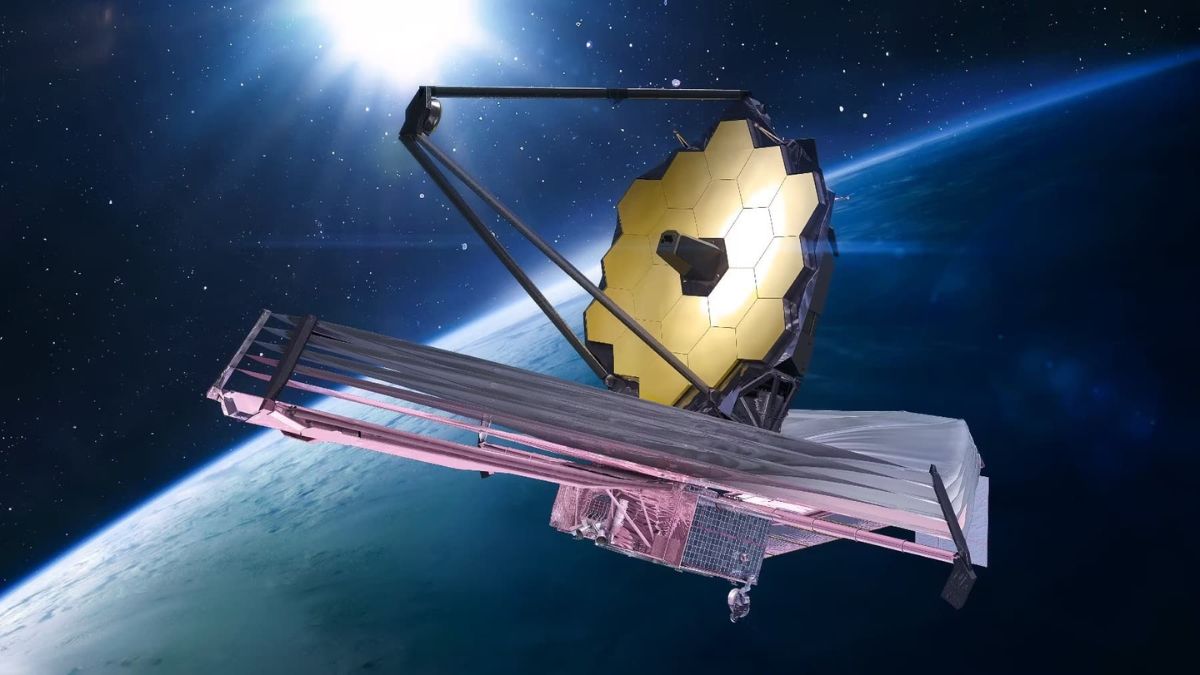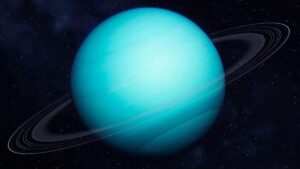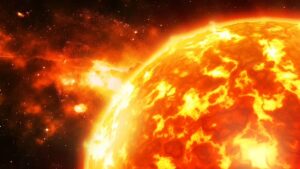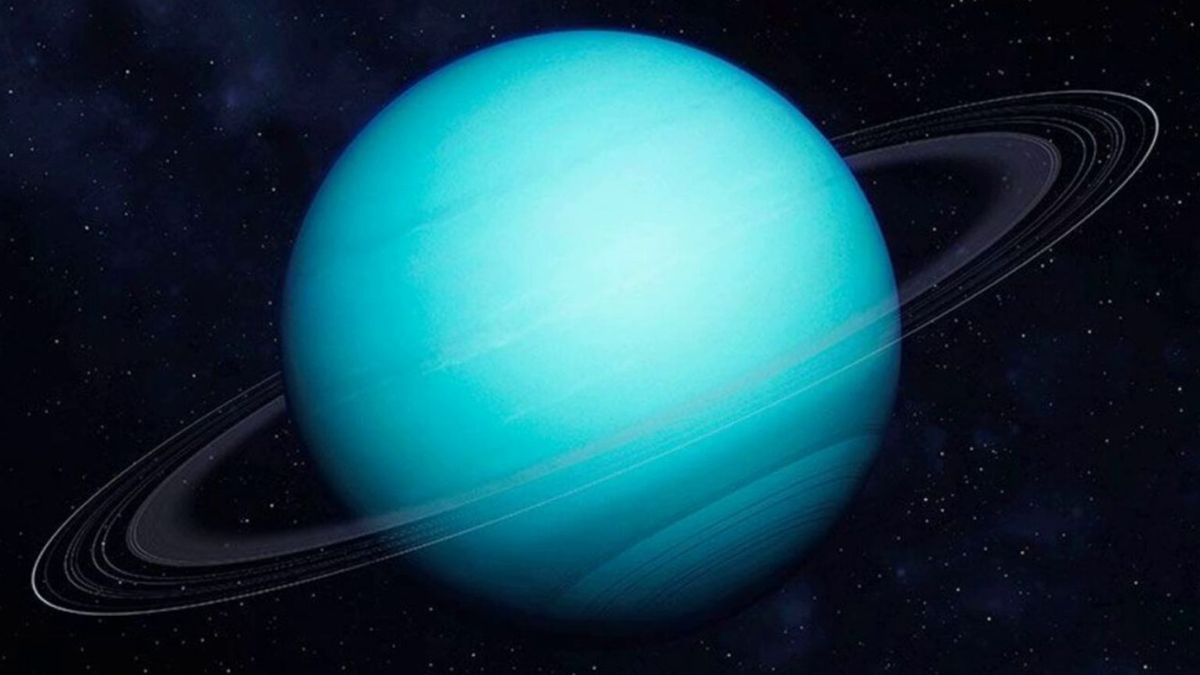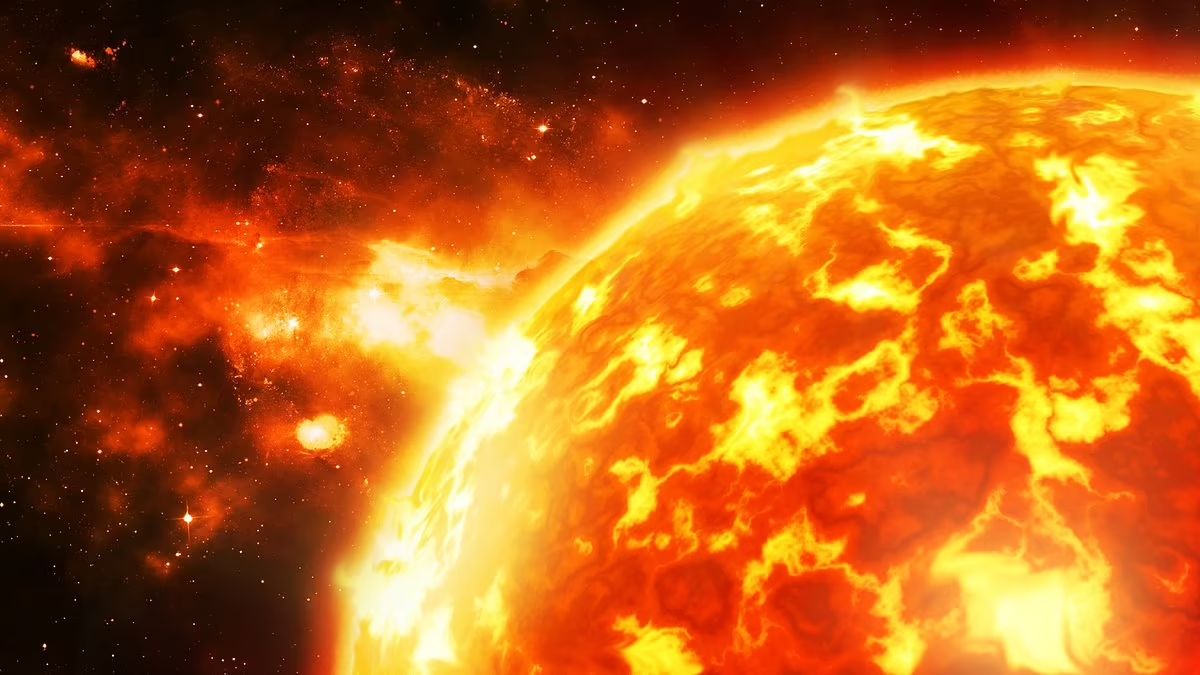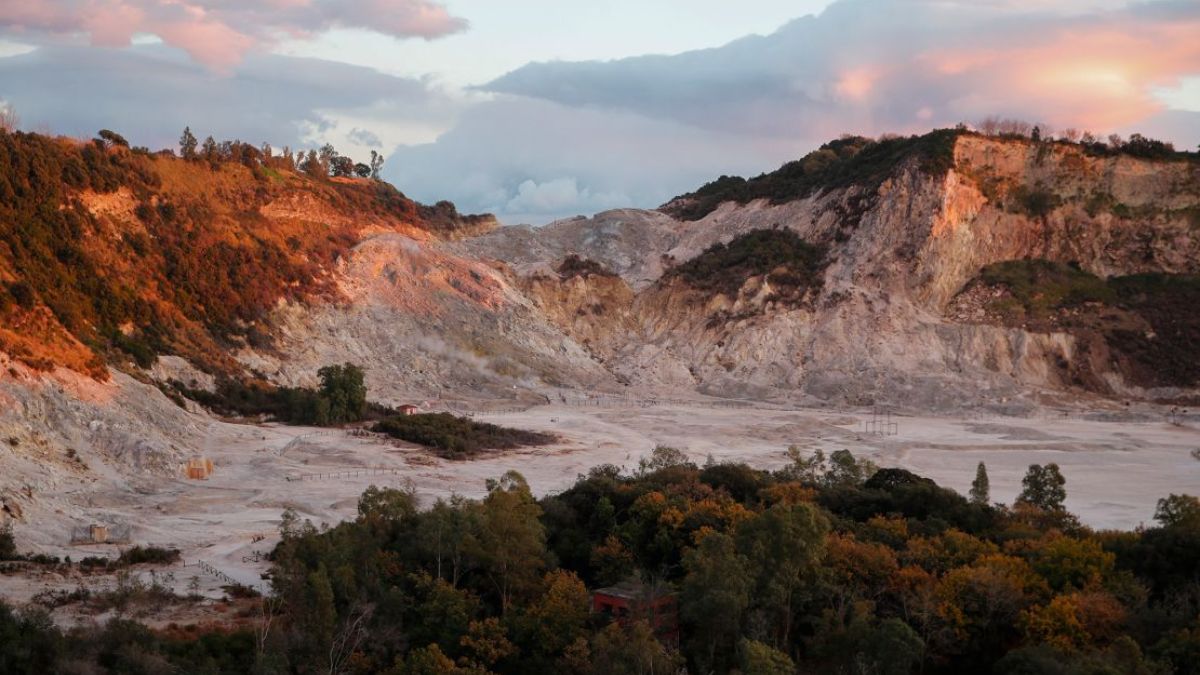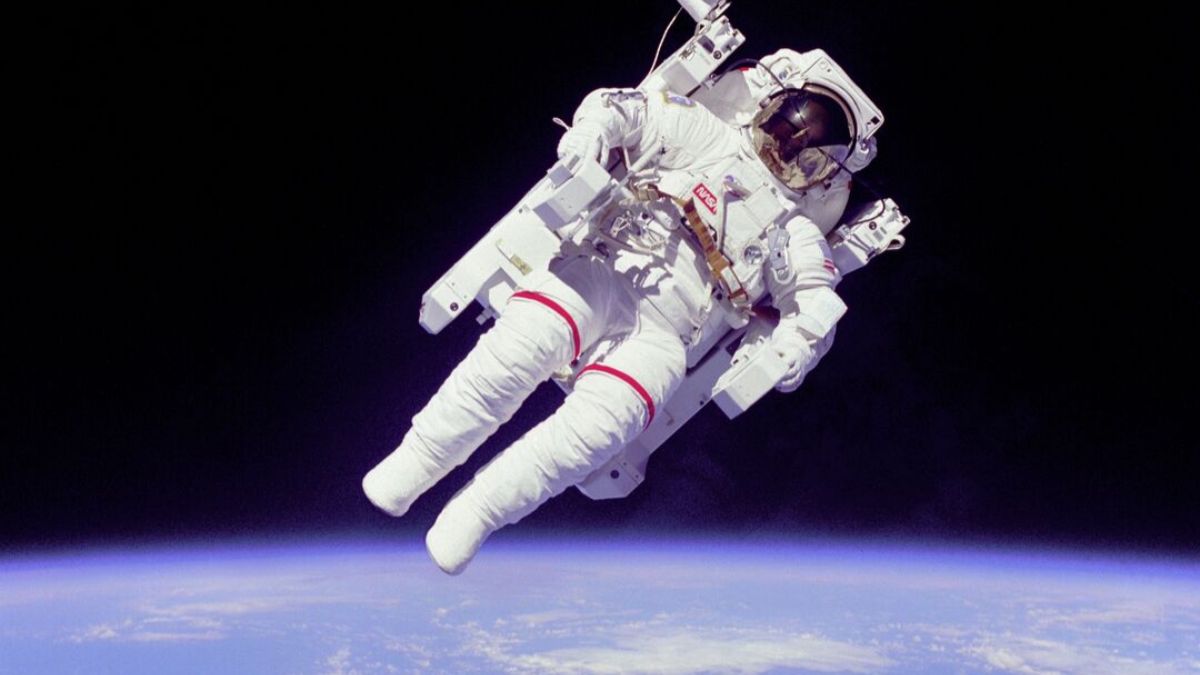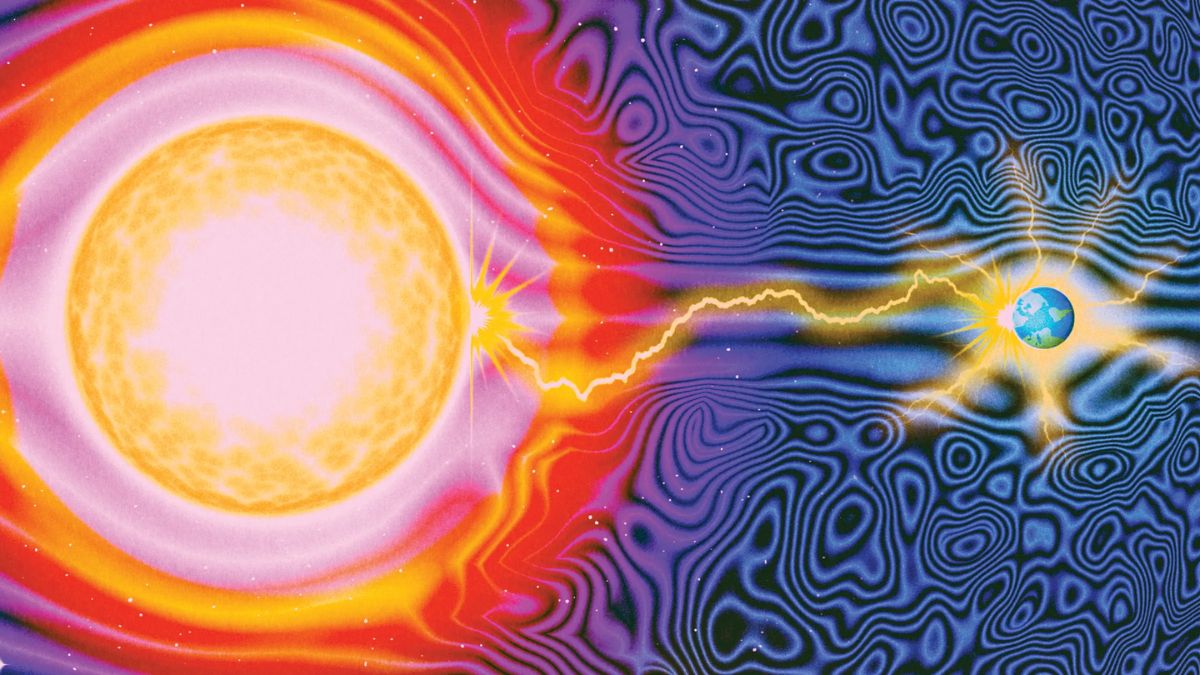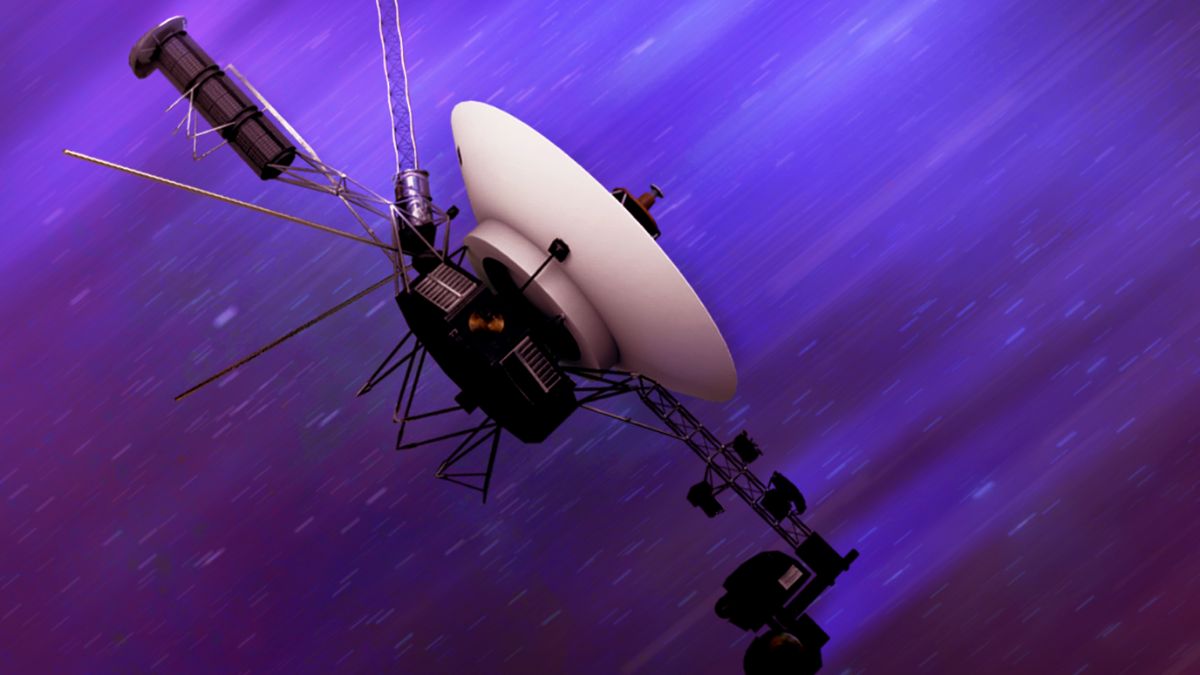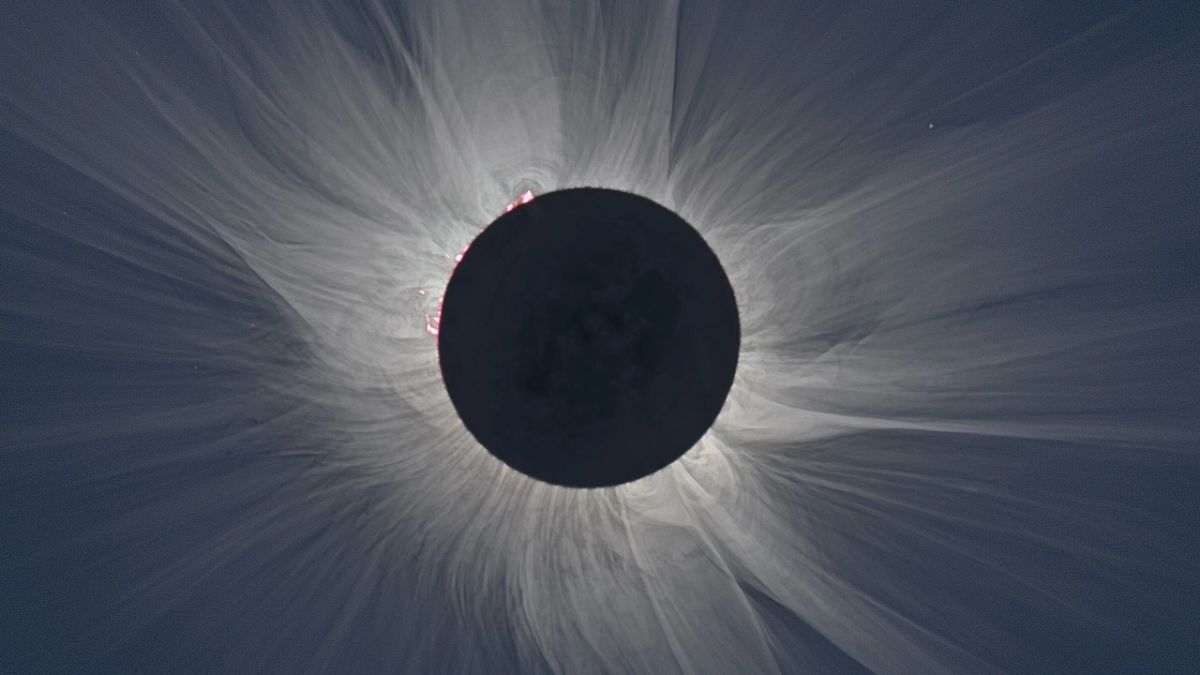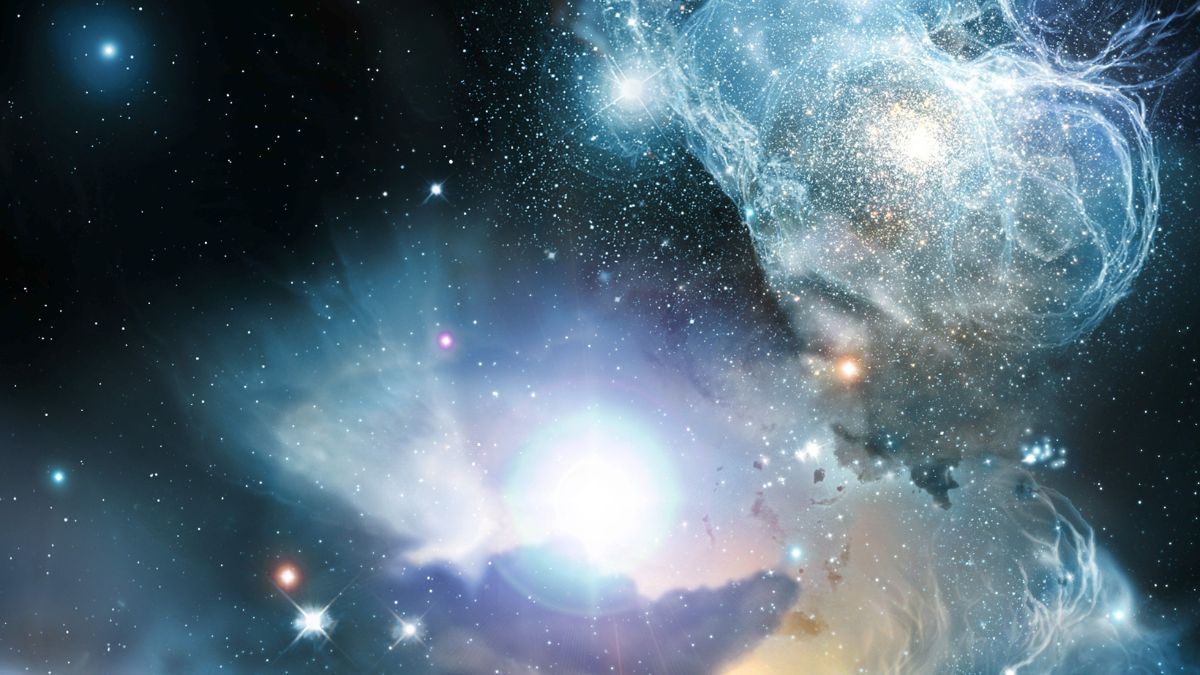NASA has done it again—this time, spotting something truly jaw-dropping in deep space. Thanks to the James Webb Space Telescope, scientists have detected a gigantic frozen disk orbiting a young star that resembles our Sun.
This isn’t just another ring of cosmic debris. It stretches over 37 trillion kilometres and contains something we’ve never seen outside our own solar system—crystalline water ice.
Let’s break it down and explore why this discovery might just change how we see the universe.
Location
The frozen disk was found around a star called HD 181327, a relatively young star not too different from our own Sun. It sits so far from Earth that the disk’s size seems unreal—more than 4,000 times the distance between the Earth and the Sun. That’s trillions of kilometres across, basically an enormous ring made of space leftovers.
This structure, made of dust, rocks, and ice, reminds scientists of the Kuiper Belt, the region of our solar system that holds Pluto and other icy objects. But here’s the twist—until now, crystalline water ice had never been confirmed outside the solar system.
Detection
So how did scientists even spot something that far away?
The answer: James Webb Space Telescope, specifically an instrument onboard called NIRSpec. This tool allows scientists to analyze light in the infrared spectrum, which helps detect cold, distant objects and even identify the materials they’re made of.
Thanks to these advanced capabilities, the team spotted the spectral signature of crystalline water ice, the same type of ice found in Saturn’s rings. That suggests the frozen disk formed in a stable, cold, low-pressure environment—a perfect setting for the beginnings of new worlds.
Significance
Why is this discovery such a big deal?
For decades, astronomers believed that icy debris disks like this one had to contain water. It made sense, but they had no way to prove it. That has officially changed. With this finding, what was once theory is now confirmed reality.
Christine Chen, co-author of the study, put it simply:
“When I was a PhD student 25 years ago, my advisor used to tell me there had to be ice in these disks, but we didn’t have the instruments to verify it.”
Now they do—and this opens up huge possibilities.
Implications
This isn’t just about ice floating in space. It’s about what that ice could mean for the origins of life.
Crystalline water ice could play a major role in planet formation. The early presence of ice in systems like HD 181327 suggests that the ingredients for habitable planets might be more common than we thought. And where there’s water, there’s the potential for life—maybe not now, but someday.
In other words, we’re getting closer to answering that age-old question: Are we alone?
Comparison
Here’s a quick breakdown comparing the frozen disk to familiar space phenomena:
| Feature | Frozen Disk (HD 181327) | Kuiper Belt | Saturn’s Rings |
|---|---|---|---|
| Location | Far outside our solar system | Edge of our solar system | Orbiting Saturn |
| Size | 37 trillion km wide | 30–50 AU (4.5–7.5 billion km) | ~270,000 km |
| Composition | Ice, rock, dust | Ice, dwarf planets | Ice particles |
| Discovery Tool | James Webb Telescope | Observed since 1992 | Multiple missions |
| Significance | Potential planet formation | Source of comets | Ice structure study |
Future
So what’s next?
NASA will continue observing this frozen disk using the James Webb Telescope, collecting more data and trying to know exactly how such disks evolve over time. This could give us a blueprint for how our own solar system formed and how life-supporting planets like Earth came to be.
And who knows? With more discoveries like this, we might one day find a planet with oceans, clouds, and maybe even life—all starting from a frozen disk like this one.
FAQs
What did NASA discover?
A giant frozen disk around a distant star.
How big is the frozen disk?
It’s over 37 trillion kilometres wide.
What is the disk made of?
Crystalline water ice, dust, and rocks.
Why is it important?
It helps explain how habitable planets form.
Which telescope found it?
The James Webb Space Telescope discovered it.

